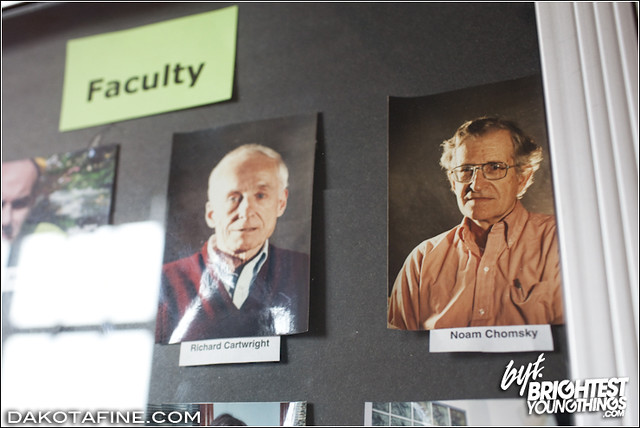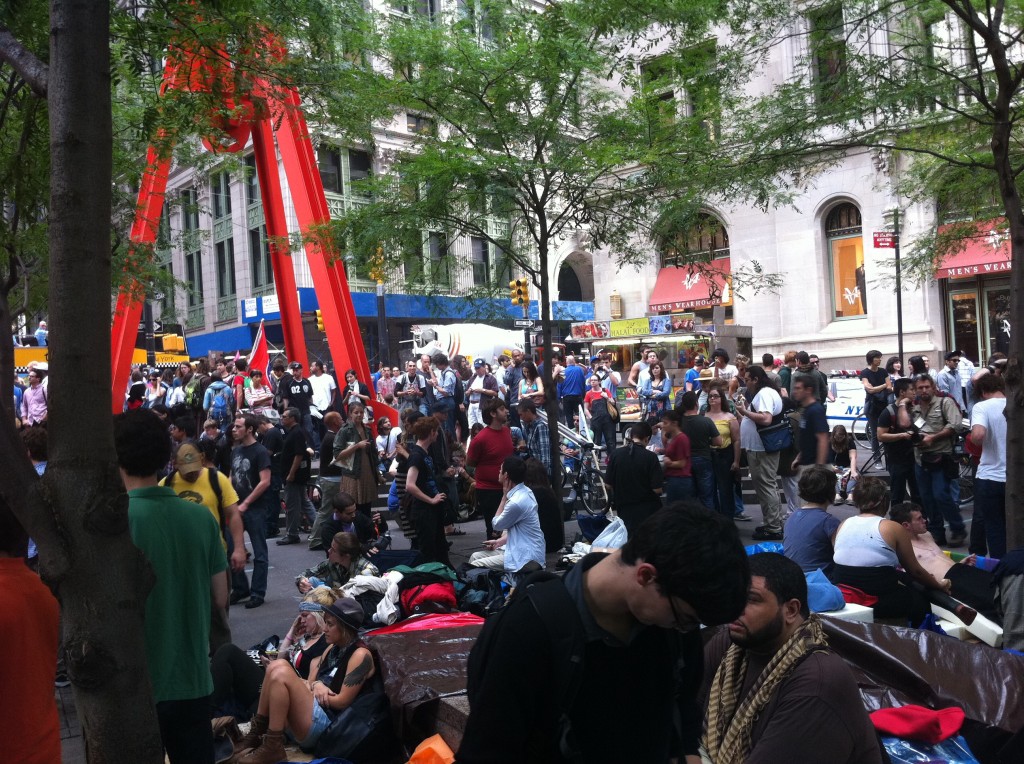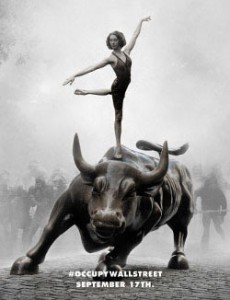
The title of this post is an homage to two recent essays, the first being Larry Sanger’s “Is There a New Geek Anti-Intellectualism?” and the second Evgeny Morozov’s “The Internet Intellectual”, a recent scathing review of Jeff Jarvis’ latest book.
Larry Sanger’s critique of “geek” culture as anti-intellectual is a powerful read (even though I wrote a sort-of critique of Sanger’s post here; and he replied to me here). Sanger’s fundamental point is that modern geek culture is characterized by an anti-intellectual rejection of experts and I want to bring in Morozov’s review to highlight a slightly different point: the techno-experts embraced are anti-intellectual themselves.
My goal in this short piece is to encourage the reader to take a look at these two essays in tandem to suggest a further conversation about the need for public intellectuals, the role of academics in framing theories of new technologies and what the consequences are when we leave this discussion to be dominated by business folks.
To be read as a pair:
Is There a New Geek Anti-Intellectualism?, by Larry Sanger.
The Internet Intellectual, by Evengy Morozov.
To be honest, I tried to dislike Morozov’s review more...



 There has been some terrific debate on my theorizing of what I call “augmented reality.” In brief, I reject “digital dualism”, the tendency to view the on and off line as separate spheres, and instead argue that we should view them as enmeshed, creating what I call “augmented reality.” [
There has been some terrific debate on my theorizing of what I call “augmented reality.” In brief, I reject “digital dualism”, the tendency to view the on and off line as separate spheres, and instead argue that we should view them as enmeshed, creating what I call “augmented reality.” [




